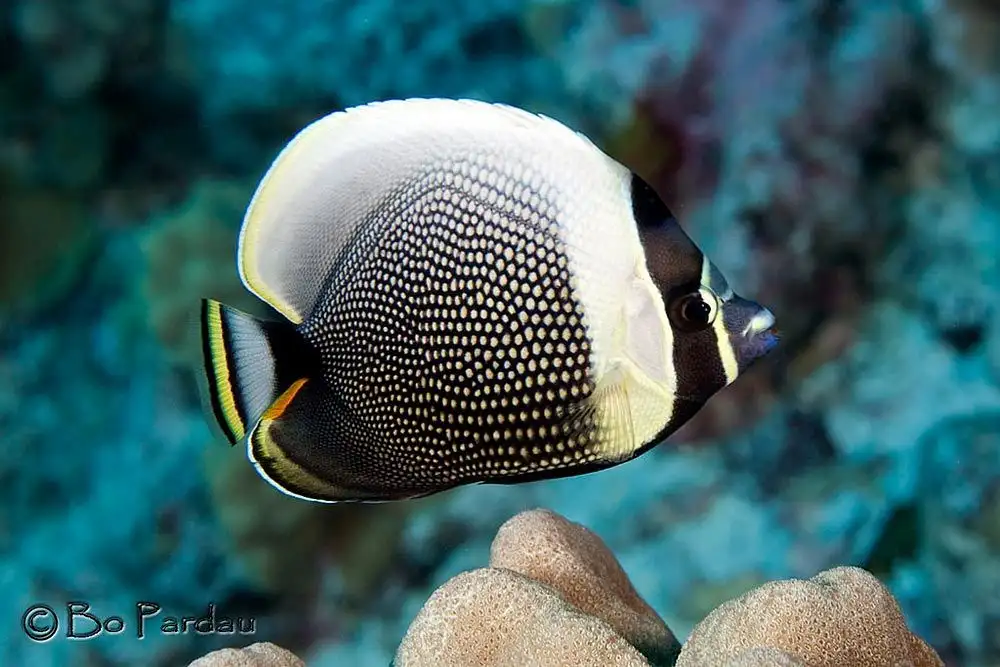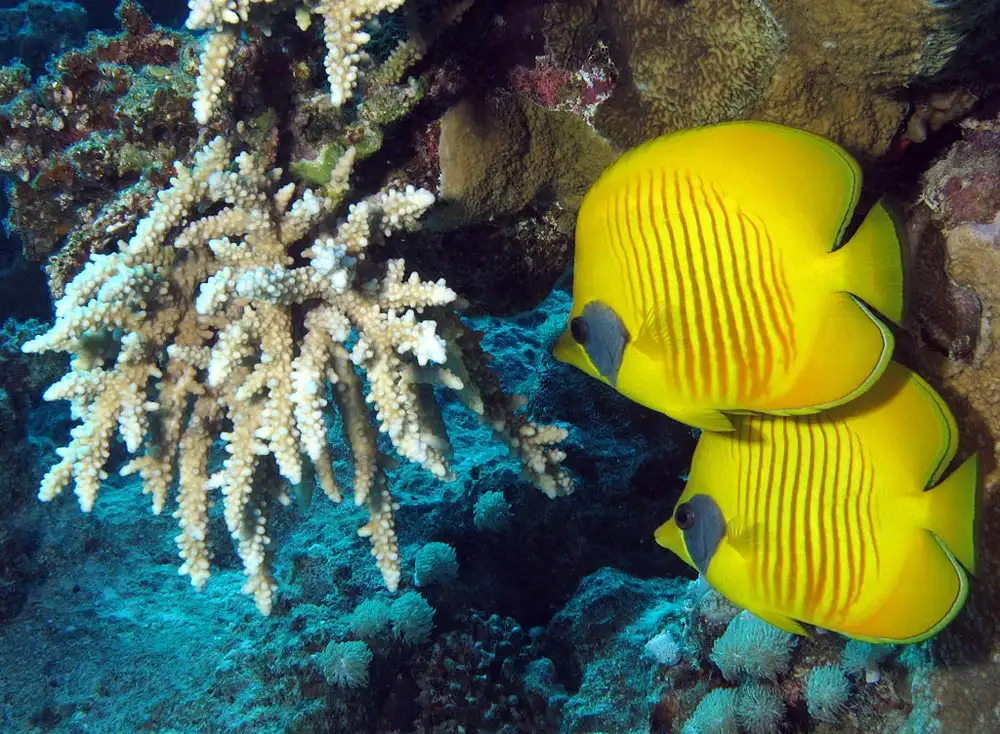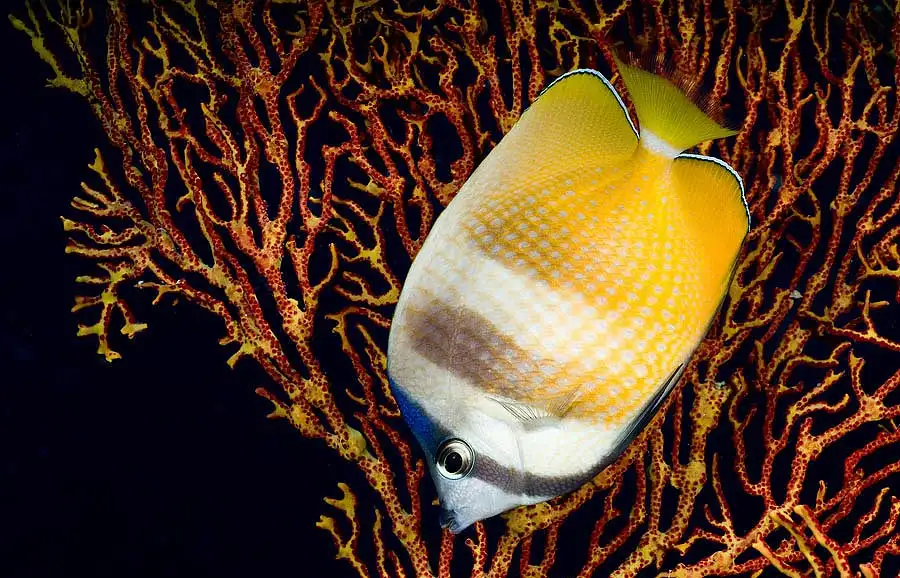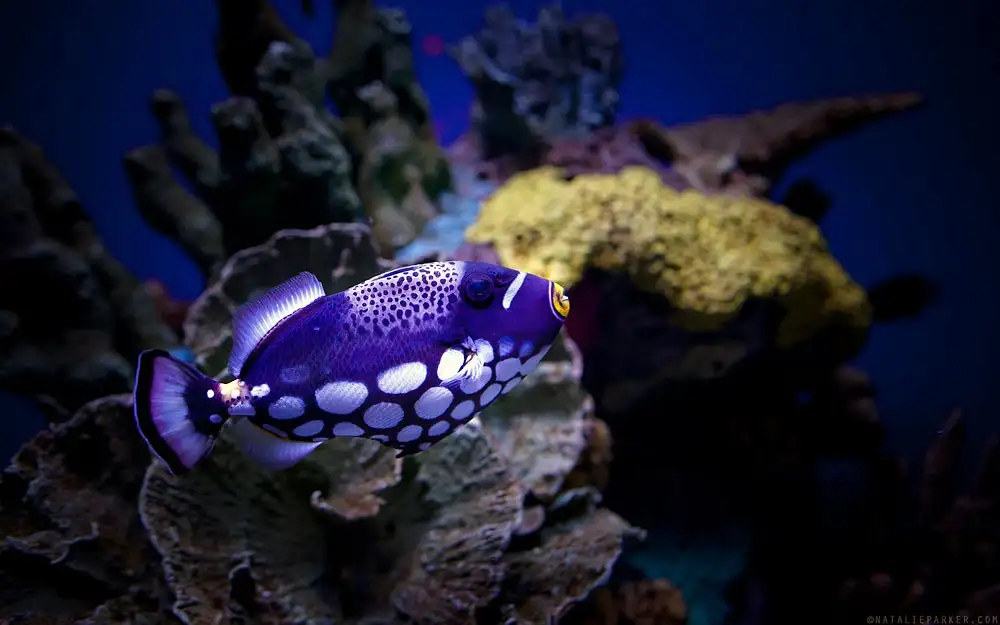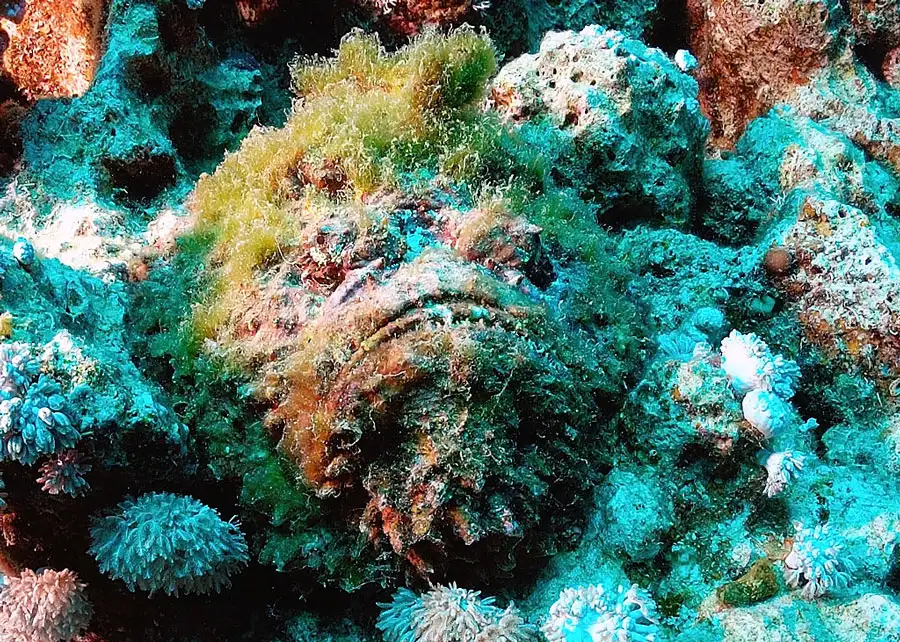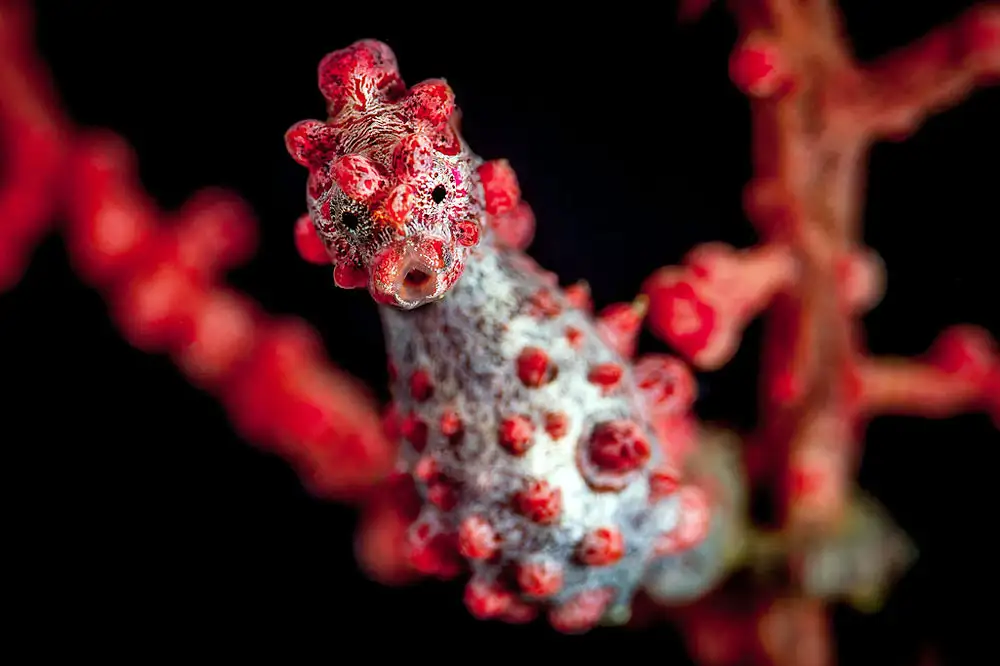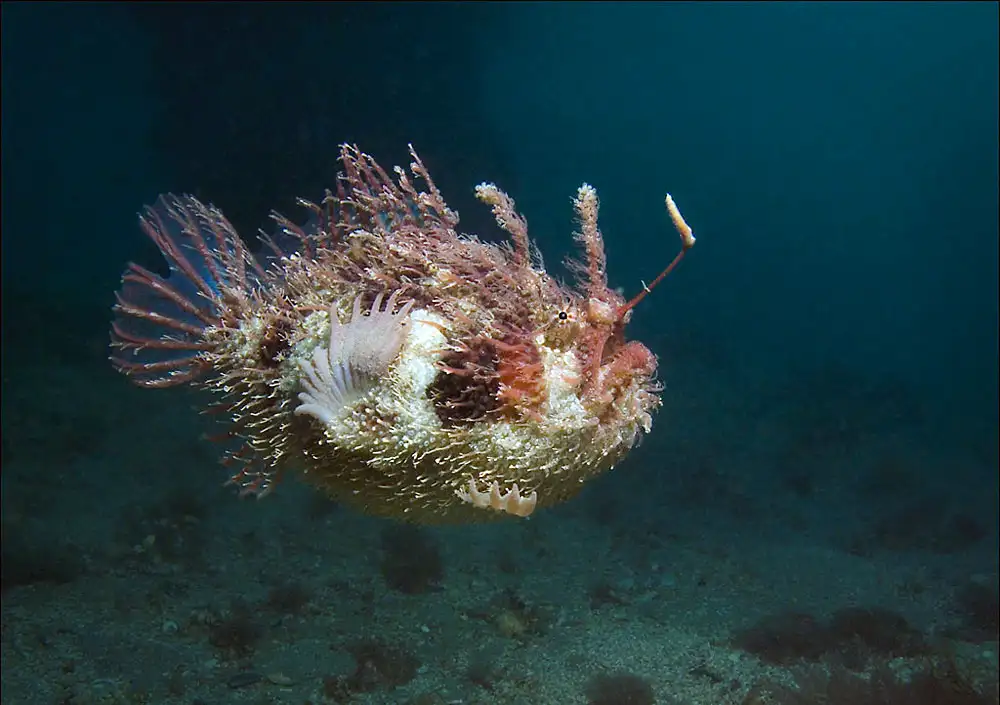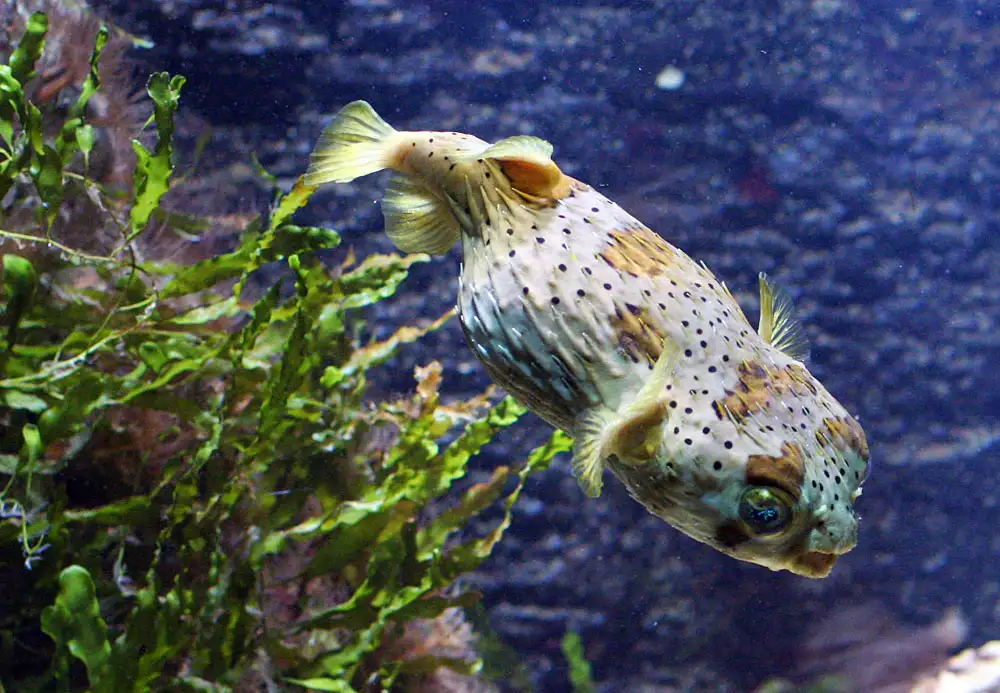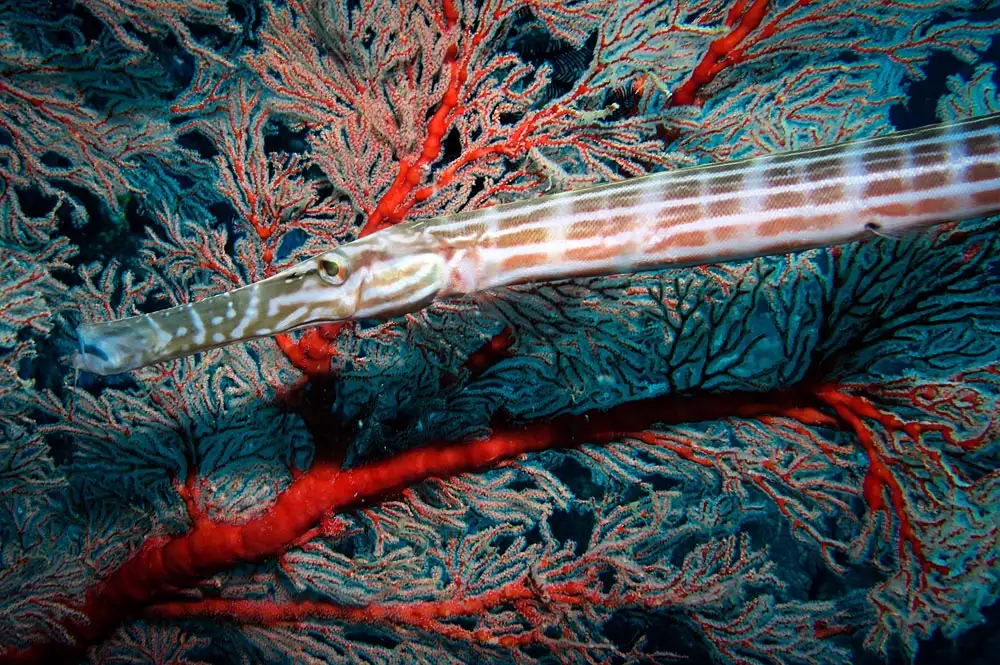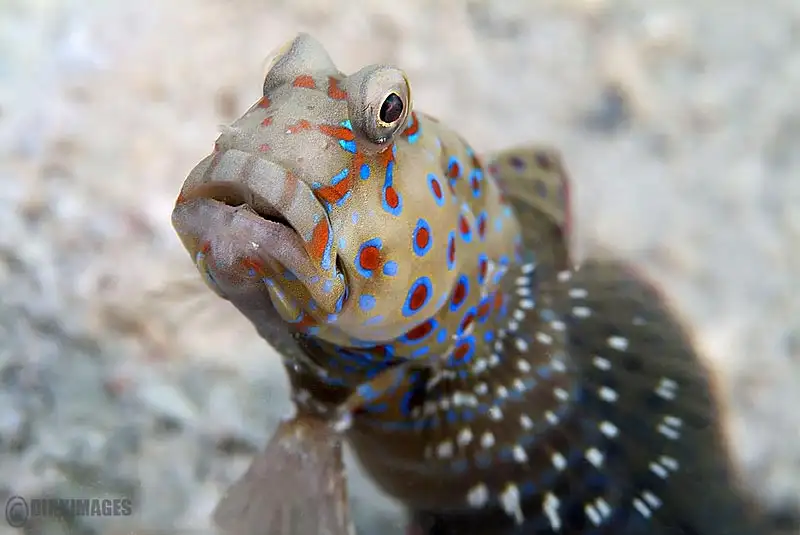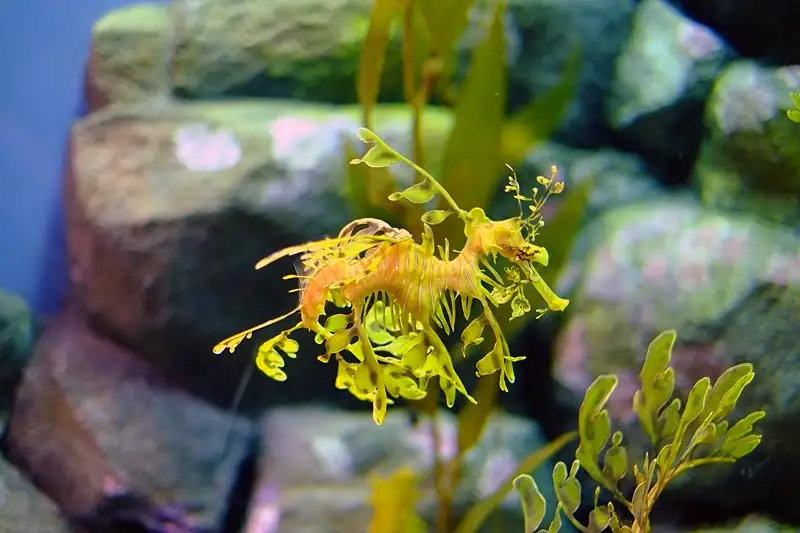Chaetodontidae (Butterflyfishes · Family Overview)
IUCN
LCBasic Information
Scientific classification
- name:Chaetodontidae (Butterflyfishes · Family Overview)
- Scientific Name:Chaetodontidae
- Outline:Small fish
- Family:Chaetodontidae Chaetodon Heniochus
Vital signs
- length:Mostly 8–23 cm; large to ~30 cm
- Weight:Increases with depth/height; small–medium reef fishes
- lifetime:About 5–12 years (species/habitat dependent)
Feature
Small brush‑toothed mouths; coral to invertebrate diets; pairs/small groups; tholichthys larvae; indicator species.
Distribution and Habitat
Tropical–subtropical reefs: flats, slopes, lagoons; also artificial reefs and sponge/seagrass areas.
Appearance
Deep, compressed body; continuous dorsal fin; eye bars/ocelli/stripes; short–moderate snout.
Details
Chaetodontidae—the butterflyfishes—are among the most conspicuous reef indicator fishes in the tropics. Key genera include Chaetodon and Heniochus. Many species are corallivores or feed on small benthic invertebrates, using small mouths with brush‑like teeth to nip prey within coral branches. Their eye bars, ocelli and vivid stripes aid crypsis and social signalling.
Ecology & Biology
Diet: ranges from obligate corallivory to omnivory/invertebrate predation (worms, gastropods, sponges).
Sociality: commonly seen in pairs or small groups; many species maintain territories and stable pair bonds.
Reproduction: pelagic broadcast spawners; eggs and larvae are planktonic with a diagnostic tholichthys stage.
Identification
Body form: deep, laterally compressed; continuous dorsal fin (anterior spines + posterior soft rays); small mouth, short‑to‑moderate snout.
Patterns: eye bars, diagonal/reticulate stripes, tail bands and ocelli are frequent.
Vs. angelfishes: Pomacanthidae typically bear a preopercular spine, absent in butterflyfishes; butterflyfishes have smaller mouths and finer dentition.
Size & Longevity
Length: mostly 8–23 cm, large species to ~30 cm.
Life: typically 5–12 years; longer in protected reefs.
Range & Habitat
Indo‑Pacific and Atlantic/Caribbean tropical–subtropical reefs: reef flats, outer slopes, lagoons and sponge/seagrass assemblages; also utilise artificial reefs.
Conservation & People
Threats: coral bleaching/habitat loss, aquarium collection, coastal pollution and overfishing.
Indicator value: corallivorous species closely track live coral cover and reef structural complexity.
Management: marine protected areas, export/collection controls, connectivity and water‑quality improvements.
IUCN: this is a family‑level overview; statuses span LC–EN among species. Marked here as Not Evaluated (NE) for the overview entry.
FAQ
Q1. How to tell butterflyfishes from angelfishes? Butterflyfishes lack the preopercular spine typical of angelfishes and have smaller mouths with brush‑like teeth.
Q2. Are they easy to keep? Many species are difficult—strict diets and sensitivity to water quality make them unsuitable for novice aquarists, especially corallivores.
Q3. Why are they “indicator fishes”? Their abundance and feeding track live coral cover, signalling reef condition.
Q4. Representative species? Chaetodon auriga, Chaetodon lunula, Heniochus acuminatus, among others.

